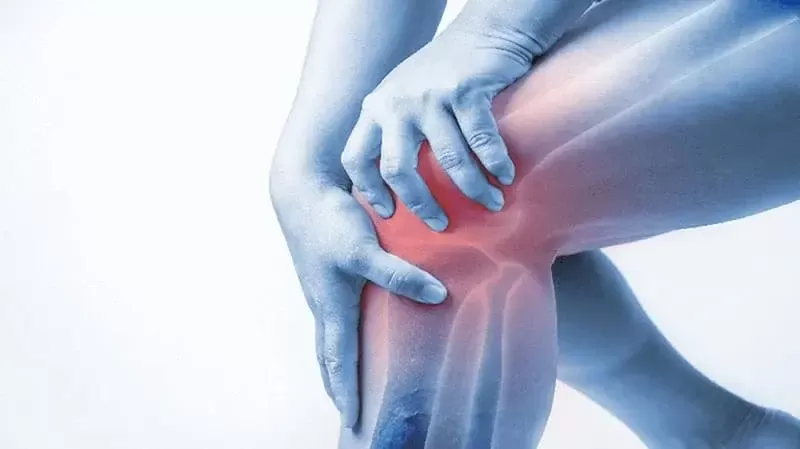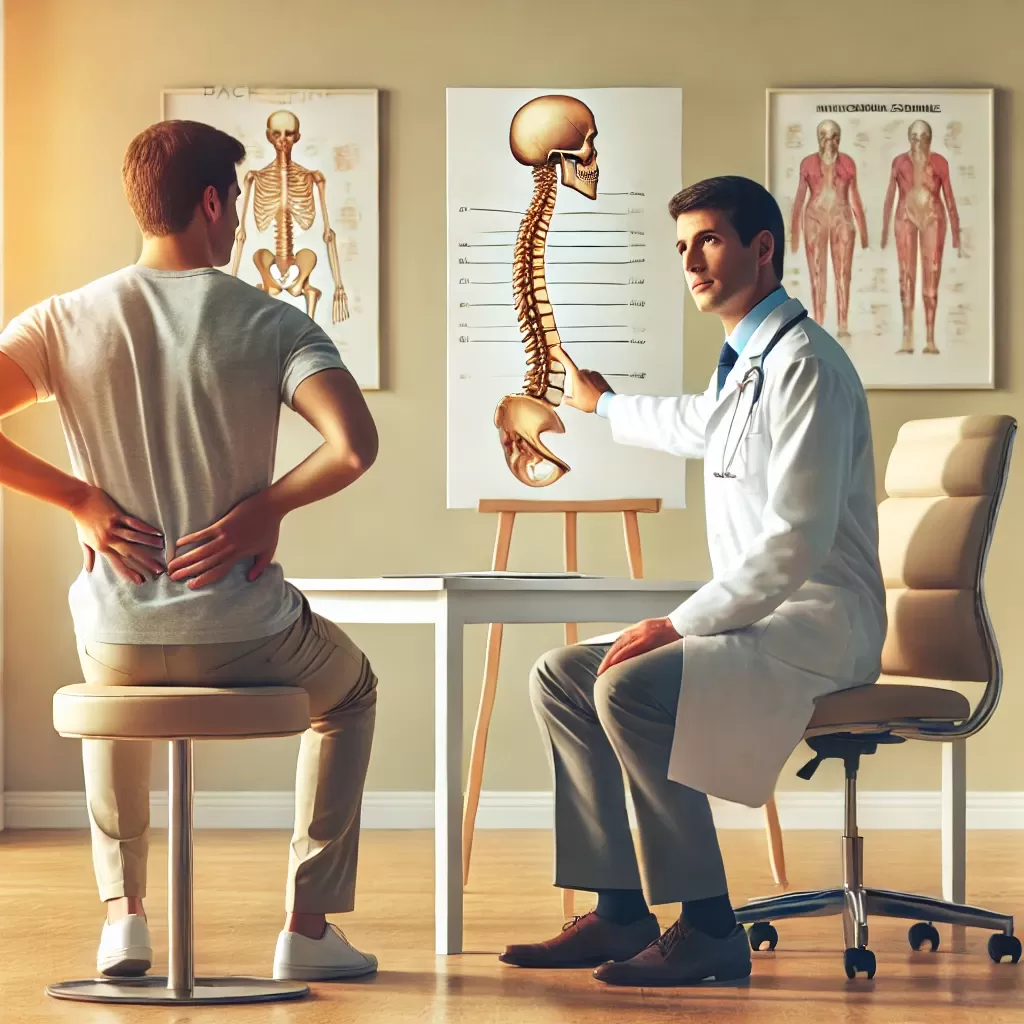How to Treat Joint Pain : Expert Advice

Manage joint pain effectively with expert guidance from Dr. Bhaskar Reddy C. Explore personalized physiotherapy solutions for lasting relief.
Understanding Joint Pain
Joint pain can occur in any joint in the body, including the knees, hips, shoulders, and elbows. It may be caused by various factors such as:
- Arthritis: Inflammation of the joints, often seen in osteoarthritis and rheumatoid arthritis.
- Injury: Sprains, strains, or other injuries from sports or accidents.
- Overuse: Repetitive motion or excessive stress on a joint, common in athletes or certain occupations.
- Infection: In rare cases, joint pain can result from an infection in the joint.
- Other conditions: Such as gout, lupus, or fibromyalgia.
Signs and Symptoms
Joint pain can manifest in several ways, including:
- Aching or discomfort: Persistent or intermittent pain.
- Stiffness: Difficulty moving the joint, especially after periods of inactivity.
- Swelling: Inflammation and fluid buildup around the joint.
- Warmth or redness: Indicative of inflammation or infection.
Treatment Options
Dr. Bhaskar Reddy C emphasizes a multi-faceted approach to treating joint pain, combining various therapies to achieve the best outcomes. Here are some key strategies:
1. Rest and Protection
- Rest: Allowing the joint to heal by avoiding activities that exacerbate the pain.
- Bracing or Splinting: Supporting the joint with braces or splints to prevent further injury.
2. Physical Therapy
Physical therapy is central to Dr. Bhaskar’s treatment plans. He customizes exercises to strengthen the muscles around the joint, improve flexibility, and restore range of motion.
- Stretching: Gentle stretches to maintain or improve joint flexibility.
- Strengthening exercises: Targeting muscles that support the joint to reduce stress on the joint itself.
- Low-impact exercises: Activities like swimming or cycling that do not strain the joints.
3. Pain Relief Techniques
- Cold Therapy: Applying ice packs to reduce inflammation and numb the pain.
- Heat Therapy: Using heat to relax muscles and improve blood flow to the affected area.
- Ultrasound and Electrical Stimulation: Advanced techniques that can reduce pain and promote healing.
4. Medications
Depending on the severity of the pain, over-the-counter pain relievers such as acetaminophen or nonsteroidal anti-inflammatory drugs (NSAIDs) might be recommended. For more severe cases, Dr. Bhaskar may collaborate with other healthcare providers to manage pain with prescription medications.
5. Lifestyle Modifications
- Weight Management: Maintaining a healthy weight to reduce stress on weight-bearing joints.
- Ergonomic adjustments: Modifying your environment or activities to reduce strain on joints.
- Diet: Incorporating anti-inflammatory foods and supplements that support joint health.
6. Alternative Therapies
Dr. Bhaskar may also suggest complementary therapies such as acupuncture, massage, or the use of herbal remedies, based on individual preferences and needs.
When to Seek Help
If you experience persistent joint pain that does not improve with home care, or if you have swelling, redness, or warmth around the joint, it’s crucial to seek professional help. Early intervention can prevent further damage and improve your quality of life.
Conclusion
Joint pain can be a debilitating condition, but with the right treatment approach, it can be managed effectively. Dr. Bhaskar Reddy expert care at drbhaskar.saveme.life focuses on personalized treatment plans that address the root cause of the pain, helping patients regain mobility and live pain-free lives. If you're struggling with joint pain, don't hesitate to reach out and take the first step towards recovery.



